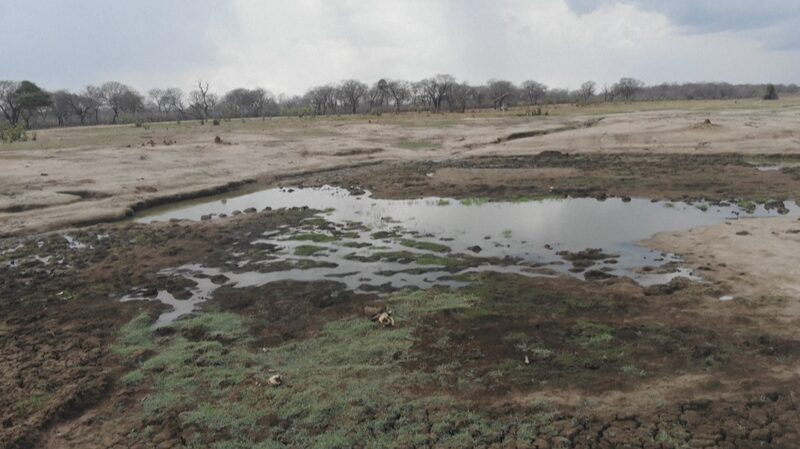From desert downpours to parched farmlands, 2023 delivered a wild ride of climate extremes with alarming new patterns. A recent study in Advances in Atmospheric Sciences by the Institute of Atmospheric Physics (IAP) warns these events are intensifying—and they’re reshaping our world. 🌍
Desert Metropolis Swamped by Historic Rain
The UAE faced chaos last week as 254mm of rain—more than two years’ worth—drenched Dubai in under 24 hours. Streets turned to rivers, flights halted, and cleanup crews scrambled. This was the heaviest rainfall since records began in 1949—before the UAE even existed! 💦
Southern Africa Battles 'Silent Crisis'
Meanwhile, Zimbabwe declared a state of emergency amid a devastating drought, joining neighbors Malawi and Zambia. The UN warns of crop failures and food insecurity for millions. With reservoirs drying up, families are rationing water like scenes from a climate thriller. 🚱
‘Weather extremes are no longer isolated—they’re interconnected, frequent, and fiercer,’ notes the IAP study, urging global collaboration.
What’s Driving the Chaos?
Scientists point to shifting ocean currents, warming polar regions, and disrupted atmospheric patterns. Think of it as Earth’s systems glitching—like a real-life disaster movie, but with higher stakes. 🎬 The study highlights that 2023’s extremes carried ‘emerging features’ not fully predicted by past models.
As climate talks heat up, one thing’s clear: adaptation is no longer optional. Stay tuned for more updates as we decode the science behind the storms. ⚡
Reference(s):
cgtn.com







